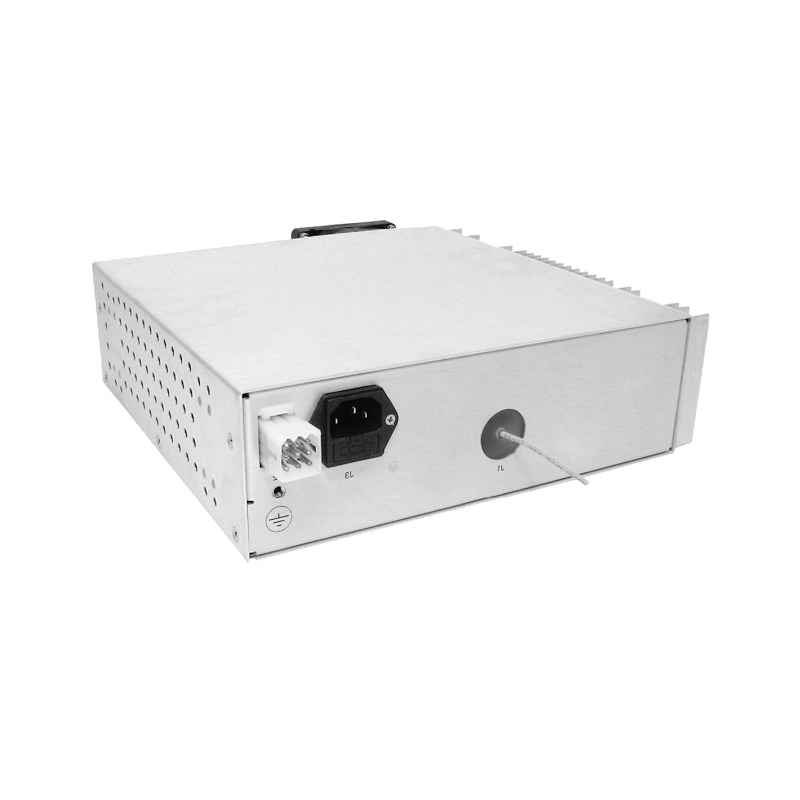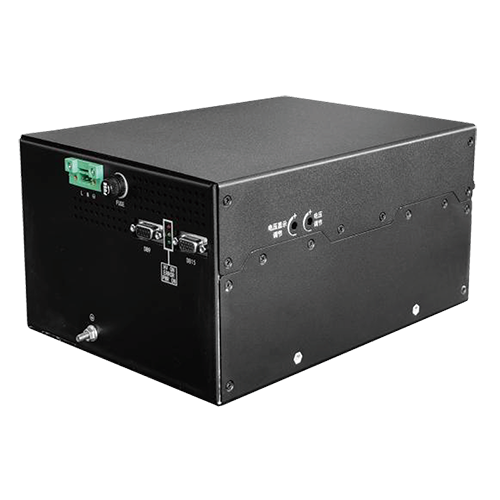Noise Suppression of High Voltage Power Supply for Electron Multiplier
In modern scientific detection and analysis instruments, the electron multiplier, as a crucial signal amplifying component, undertakes the important task of amplifying weak electron signals to a detectable level. From the precise analysis of trace substances in mass spectrometers to the signal capture of photodetectors in low light environments, the performance of the electron multiplier directly determines the sensitivity and accuracy of the entire detection system. The high voltage power supply, as the core component driving the electron multiplier, the magnitude of its output noise plays a decisive role in the performance of the electron multiplier.
The working principle of the electron multiplier is based on the secondary electron emission effect. When an initial electron hits the surface of the dynode of the multiplier, multiple secondary electrons are excited. These secondary electrons will trigger more secondary electron emissions on the next stage dynode. After cascaded amplification through multiple stages of dynodes, a strong electrical signal is finally output. However, during this process, the noise of the high voltage power supply can seriously interfere with the normal operation of the electron multiplier.
The sources of high voltage power supply noise are relatively complex. First, the power devices inside the power supply generate voltage spikes and current mutations during the switching process, forming high frequency noise. These noises are coupled into the signal transmission lines of the electron multiplier through conduction and radiation, interfering with the normal electron emission and multiplication process. Second, the ripple noise of the power supply is also an important noise source. Since the DC voltage output by the power supply is not absolutely stable and there is a certain AC component, namely ripple. Ripple noise can cause the acceleration electric field of the electron multiplier to be unstable, making the movement trajectory of electrons between dynodes fluctuate, thus affecting the multiplication effect and generating additional noise signals. Third, the interference of the external electromagnetic environment cannot be ignored. Surrounding radio frequency signals, power frequency magnetic fields, etc. can enter the high voltage power supply circuit through induction, further increasing the noise level of the power supply output.
In order to effectively suppress the noise of the high voltage power supply, many advanced technologies have emerged. At the circuit design level, the use of multi stage LC filter circuits can significantly reduce the high frequency noise and ripple noise of the power supply output. The LC filter uses the impedance of the inductor to high frequency current and the bypass effect of the capacitor to high frequency voltage to filter out the high frequency components in the power supply output. At the same time, in the selection of power devices and the optimization of the drive circuit, low noise, high speed response power devices are used, and a reasonable drive circuit is designed to reduce the voltage and current mutations during the switching process and reduce noise generation from the source. In terms of shielding and grounding technology, the high voltage power supply is fully shielded with metal to block the invasion of external electromagnetic interference. At the same time, the grounding design is optimized to ensure that the noise generated inside the power supply can be effectively led to the ground, avoiding the formation of interference loops in the circuit. In addition, digital control technology is used to monitor and feedback regulate the power supply output in real time, and the power supply parameters are dynamically adjusted according to the actual working state of the electron multiplier to adapt to different working environments, further improving the noise suppression effect.
Through the effective suppression of the noise of the high voltage power supply for the electron multiplier, the performance of the electron multiplier can be greatly improved. Detection instruments can provide more stable and accurate detection results when facing weak signals, providing a solid technical support for the development of many fields such as scientific research and industrial detection.




















